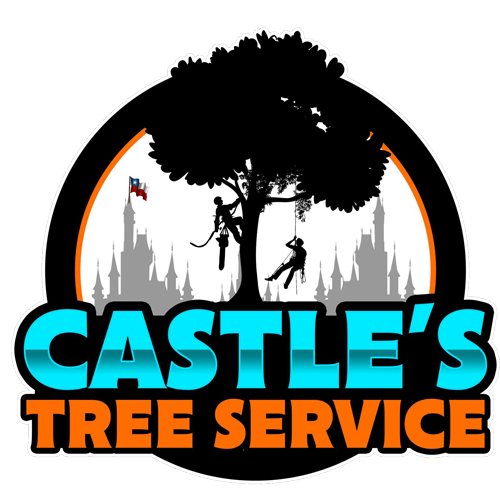When to Call an Arborist in Longview
How do you know when your trees need professional arborist care rather than basic maintenance? Certified arborists bring specialized knowledge of tree biology, disease identification, and proper treatment techniques that go far beyond routine pruning or removal. Understanding when to seek their expertise helps protect your investment in your landscape and ensures your trees receive appropriate care.
What Tree Health Issues Require Arborist Expertise?
Call an arborist when you notice unusual leaf discoloration, premature leaf drop, or sparse foliage that can't be explained by seasonal changes. These symptoms often indicate disease, pest infestations, or nutrient deficiencies that require professional diagnosis and treatment.
Signs of structural problems like cracks in major branches, splitting trunks, or trees that lean significantly after storms require immediate arborist assessment. These conditions can pose serious safety risks and often need specialized solutions like cabling, bracing, or strategic pruning to prevent failure.
Fungal growth on tree trunks, brackets extending from bark, or soft, spongy areas in the wood indicate decay that threatens tree stability. Arborists use specialized tools to assess internal wood conditions and determine whether trees can be saved through treatment or need removal for safety.
How Do Arborists Handle Complex Pruning Situations?
Large trees near power lines, structures, or in tight spaces require specialized techniques that only trained arborists should attempt. They understand proper cut placement, branch removal sequences, and rigging methods that protect both property and tree health.
Arborists evaluate each tree's growth pattern and structural needs before making cuts. Unlike general tree trimmers, they understand how different species respond to pruning and time their work to minimize stress and promote healthy regrowth.
What Chemical Treatments Do Arborists Provide?
Professional arborists are licensed to apply treatments for various tree diseases and pest infestations that aren't available to homeowners. These may include systemic insecticides for boring insects, fungicides for serious disease outbreaks, or specialized fertilization programs.
Root zone treatments and soil amendments often require professional application and monitoring to be effective. Arborists can assess soil conditions, pH levels, and nutrient availability to develop customized treatment plans that address specific deficiencies affecting tree health.
Why Longview's Diverse Tree Species Benefit from Arborist Care
Longview's mix of native East Texas species and non-native ornamental trees creates unique challenges that benefit from professional expertise. Different species have varying susceptibilities to local diseases, pests, and environmental stresses that arborists understand and can address proactively.
The area's clay soil conditions affect different tree species in various ways, influencing root development, water uptake, and nutrient availability. Experienced arborists familiar with local growing conditions can recommend species-specific care strategies that work effectively in Longview's environment.
Seasonal weather patterns, including ice storms and summer droughts, impact different trees in specific ways. Professional plant health care services in Longview understand these local factors and can develop preventive care programs that help trees withstand environmental stresses.
When your trees show signs of distress or you're planning significant landscape changes, Castle's Tree Service provides certified arborist expertise to protect your investment. Our professionals assess each situation carefully and recommend treatments that promote long-term tree health and safety. Call (903) 330-2936 to discuss your specific tree care needs.
Regular arborist consultations can prevent minor issues from becoming major problems. Professional tree injection services in Longview offer targeted treatments that address specific diseases and pests before they compromise tree health or require more drastic interventions.
